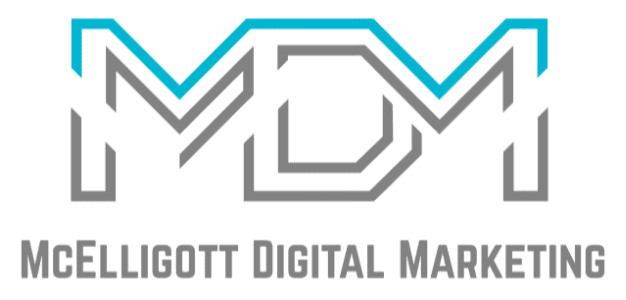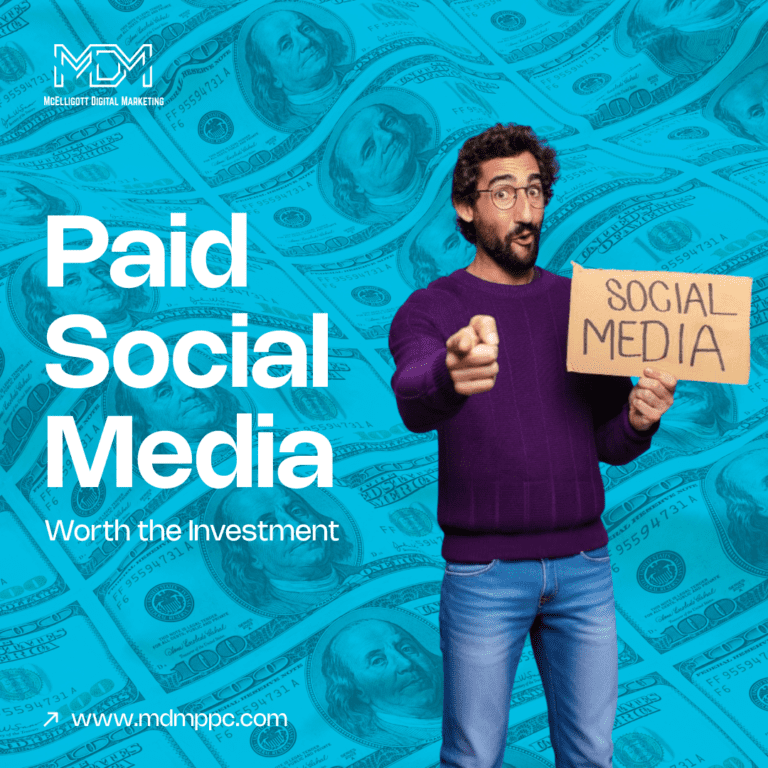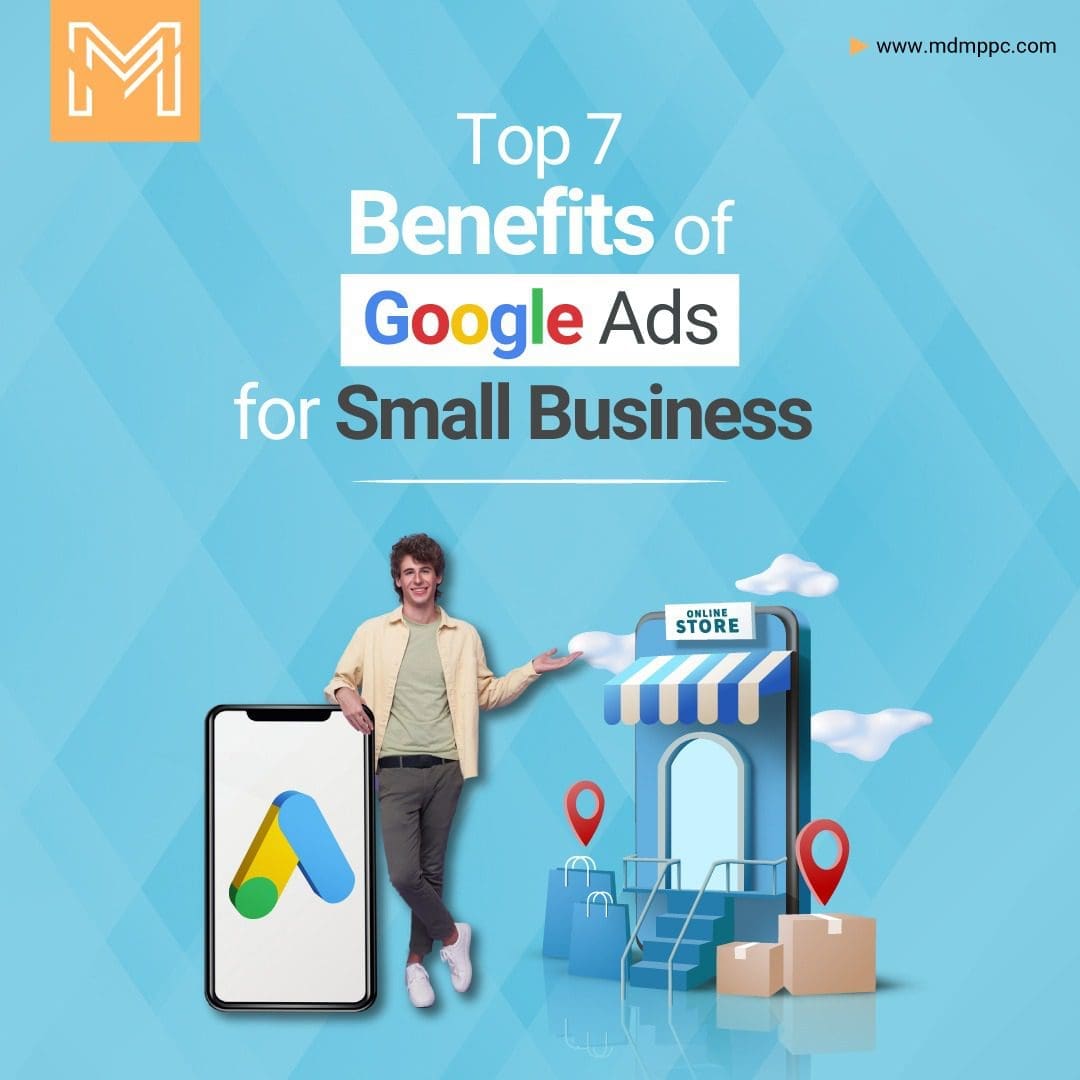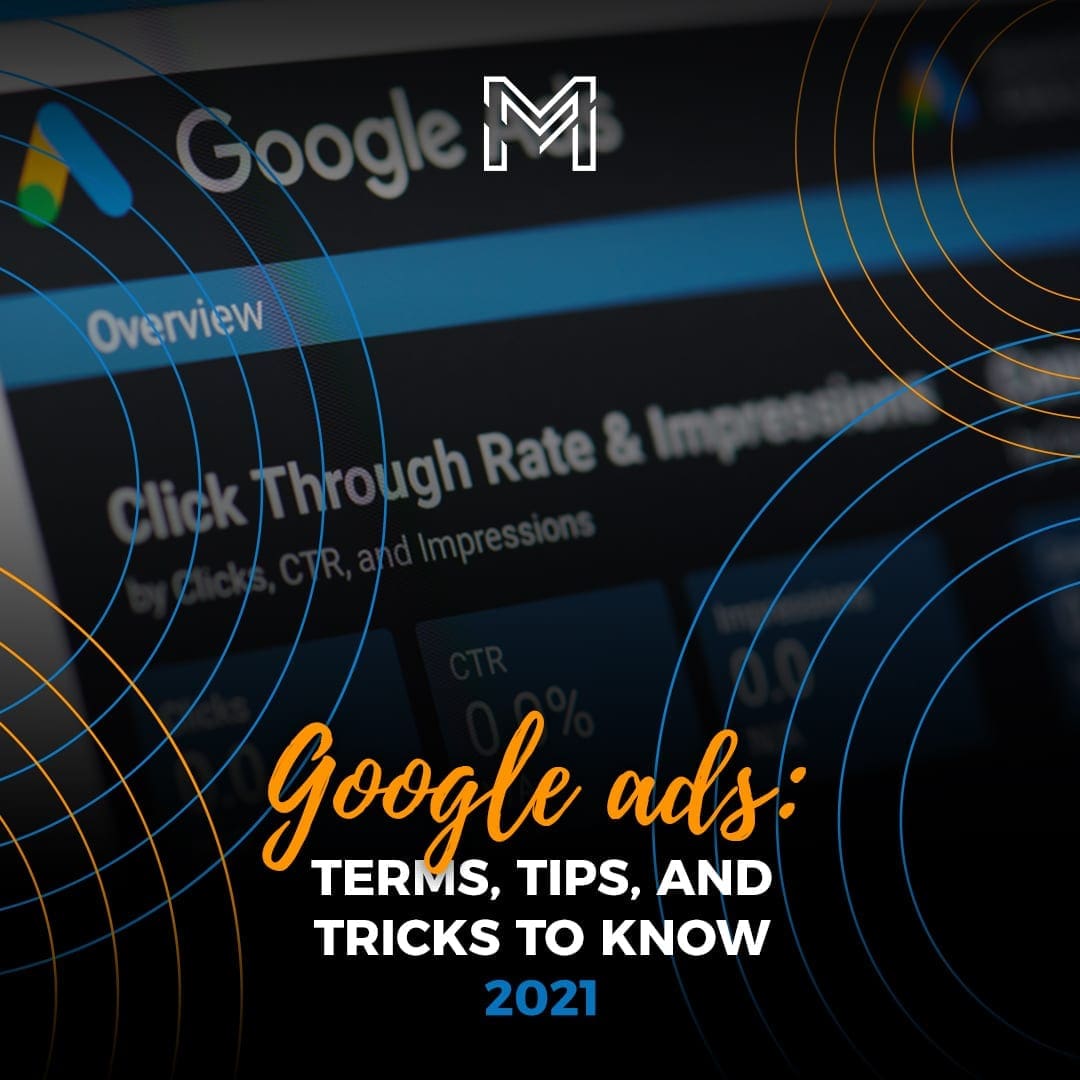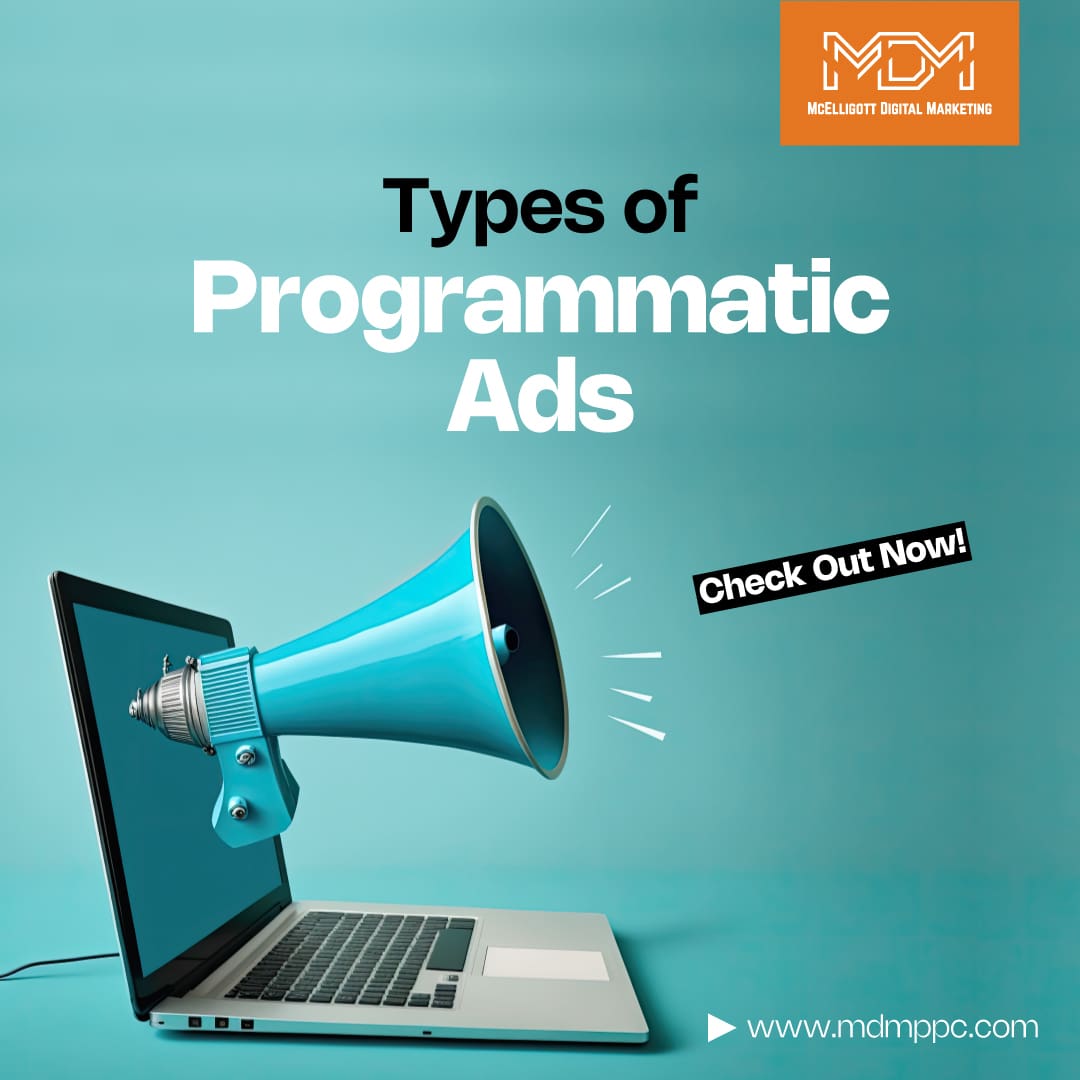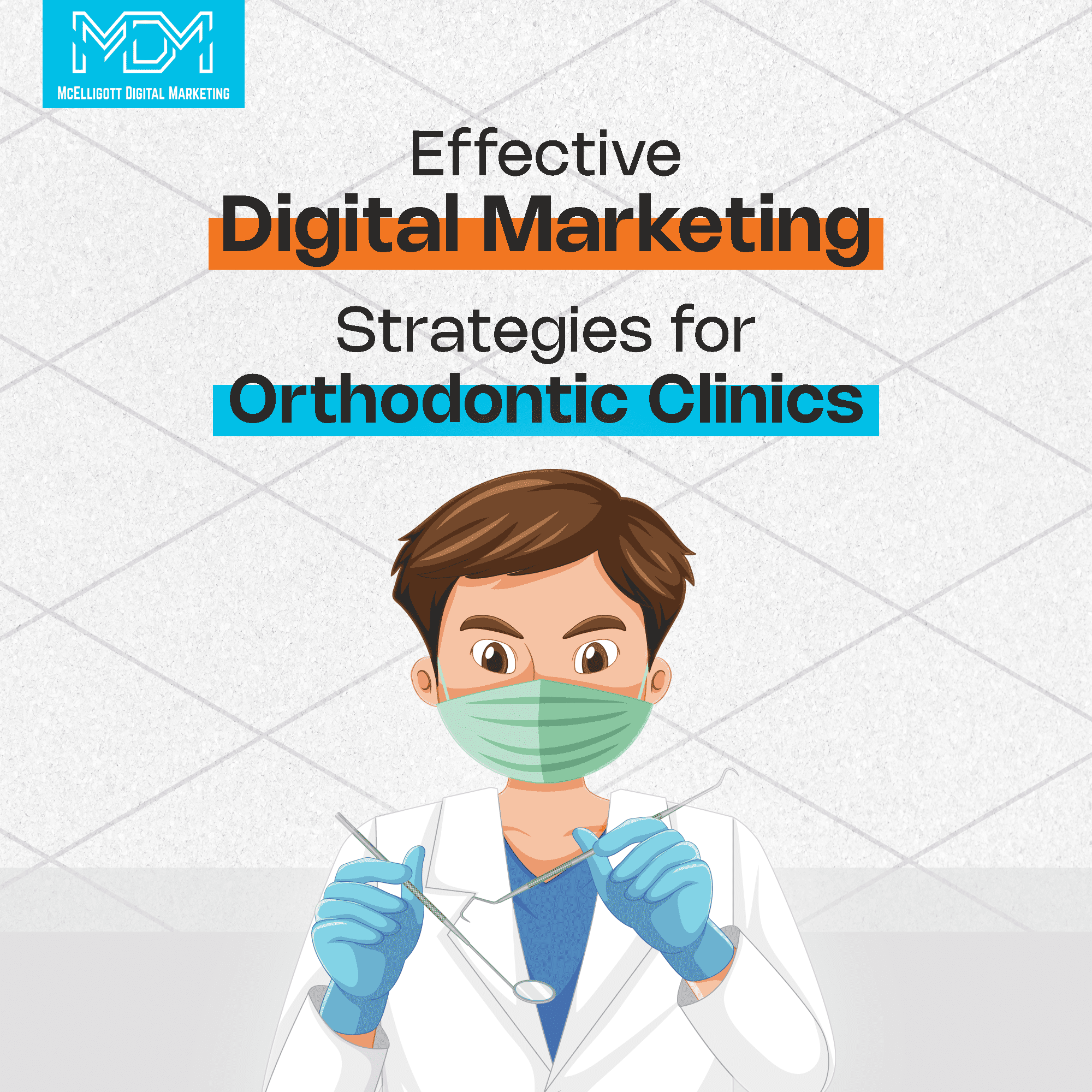Paid social media advertising can give you more visibility and attention span among busy social feeds. That’s why more and more businesses have been turning to social media marketing. Social media marketing lets you target and focus on your audience in a more efficient manner than traditional advertising channels like TV ads. You can use the data from analysis to understand which kind of audience is interested in your ads, helping you reach them through targeted advertising campaigns.
According to Forbes, of all the digital advertising expenditures, social media ads account for a massive 28.8%. Also, 77% of small business owners leverage social media channels to converse with their customers.
If you own a business and want to connect to more and more people, you need to have a paid social media strategy to support your organic digital marketing efforts. It can help you connect, engage, and retain your audience.
In this blog article, you’ll learn what is paid social media advertising, the benefits of paid social advertising, and the best social media marketing platforms in 2024.
What is paid social media advertising?
Paid social media advertising is a kind of social media marketing strategy where businesses pay a price to display their ads on popular social media platforms like Facebook, Instagram, or Twitter. The objective of paid social is to reach a target group of people who are more interested in what the business offers.
There are several ways to implement paid social media marketing such as through PPC (pay-per-click) advertising, where you only pay when someone clicks on your ad, branded content, which is customized to fit the platform’s style, and display ads that appear on social media platforms as banners or sidebars.
Linkedin ad example
Advertisers use paid social media to find new customers and make sure their ads are seen by a wide audience.
Now that you know what paid social media is, let’s see how it works. Unlike traditional marketing, which throws a wide net without much focus and therefore has high ad spend, social media marketing lets you zero in on specific groups of people. Social ads are one of the digital marketing agency tools targeted at custom audiences, meaning they are shown to users who are most likely to be interested in the product or service you are advertising for.
Social media marketing is important for small businesses because it makes your brand more noticed and likely to be visited. For this, businesses buy ad space on social media platforms, which then display their ads to a larger and more relevant audience.
Organic social media vs Paid social media
Organic social media means posting content like photos, videos, or updates on your social media pages but you do not have to pay to promote it. For example, a restaurant owner shares pictures of their daily specials, discounted food items, or customer reviews. This helps build a connection with followers and the customers are most likely to check out the same restaurant when they plan to dine out. However, not all your followers will see your posts because of how social media algorithms work.
- Pros – Organic social media is free, helps build a loyal community, and shows genuine engagement.
- Cons – Organic reach is limited because not all your followers will see your posts.
Paid social media ads are when you have to spend dollars to have your content shown to a larger or more specific audience. For example, the same restaurant could also run a paid ad on Instagram targeting people in their city who are interested in dining out. These ads can appear in customers’ feeds, stories, or sidebars, and more people see them.
- Pros – Paid ads mean more visibility, they can reach specific audiences, and deliver faster results.
- Cons – It requires a budget, and results are often short-term, and last as long as you keep paying for the ads.
You should integrate organic and paid social media strategies to get the best of both. Organic social media builds trust and long-term relationships with your audience by sharing content like updates, tips, and behind-the-scenes posts, and paid social media ads quickly reach new and targeted audiences.
7 Benefits of paid social media advertising
Here are the ways advertising on social media benefits your business:
1. Generate quick engagement
Social media advertising leads to fast engagement by reaching a broad audience as soon as the ads are live. This is what organic social media marketing is not able to achieve- giving quick results. Paid ads take your message instantly to your target audience.
Social media ads can increase engagement rates within days, compared to organic posts. Targeting specific demographics on platforms like Facebook and Instagram can engage users interested in your content, generating immediate likes, shares, comments, and clicks.
Quick reactions are ideal for time-sensitive campaigns, product launches, or events, allowing brands to gain traction and interest quickly.
2. Flexibility to target audience
Running paid social campaigns allows you to show your business ads to a highly targeted audience that has shown interest in your products or services. Flexibility to target a broad or specific audience increases the chances of people viewing, engaging with, or clicking on your ad.
Paid social media marketing has more than one targeting option. For example, you can refine your audience based on factors such as location, age, gender, interests, behavior, and language on Facebook. This precision helps show your ads to the most relevant users.
While your campaigns are active, you can gather valuable data about how your audience responds to your ads. Analyzing the paid social ads data allows you to adjust and optimize your paid social media strategies, increasing their effectiveness and driving further growth.
3. Grow leads and conversions
Paid social media ads encourage your consumers to click on a CTA (call-to-action) and they are effective in generating leads and driving conversions. You can target users who have already shown interest in similar products or services (leads), and move them through the sales funnel more efficiently. Research by Hubspot shows that 68% of businesses using social media ads report increased leads, while 53% see improved conversions.
With features like retargeting, you can re-engage users who have interacted with your brand, increasing the chances of converting leads into customers.
4. Low cost per click
Paid social media advertising is a cost-effective marketing strategy compared to other pay-per-click marketing strategies. Platforms like Facebook and Google Ads offer competitive CPC rates, with the average CPC on Facebook being $0.97 across most industries.
An affordable CPC rate allows medium to small businesses to reach their target audience without a large budget. With features like bidding options and budget caps, you can control ad spending while optimizing your campaigns for the best results. Low CPC rates and high click-through-rate (which depend upon the quality of your ad copy) give a high return on your investment.
5. A range of ad types
Social media channels have a variety of ad formats fit for different marketing goals. From image and video ads to carousel, story, and collection ads on major social media platforms, you can select the format that can best show your products or services. A broad range of ad types allows for more creative and engaging campaigns.
For example, video ads on Instagram have a higher engagement rate than image ads. With a lot of available ad types, you can experiment and find the most effective way to connect with your audience.
6. Consumer insights
Paid social advertising provides valuable consumer insights that help businesses adjust their marketing strategies.
Platforms like Facebook and LinkedIn give detailed analytics on ad performance, showing metrics such as ad reach, engagement, conversion rates, and demographic breakdowns. This data allows marketers to understand what works with their audience and make data-driven decisions. According to research by eMarketer, 61% of marketers say that the data extracted from social media ads helps them improve their overall marketing strategy.
7. Increased brand awareness
A lot of businesses do not know this but paid social media advertising strengthens brand awareness by increasing visibility across multiple platforms.
Ads can reach millions of users through paid campaigns who might never see the brand organically. A study by Nielsen found that paid social media ads can increase brand awareness by up to 80%.
Broad reach cements the brand in the minds of customers, making them more likely to consider the brand when they are looking to buy a product or service. Consistent visibility through ads increases brand recognition over time.
Top 3 social media marketing platforms
1. Facebook
With nearly 3 billion active users, Facebook is the most-used social media platform worldwide. Facebook ads offer a big chance for brands to reach a large, diverse audience.
You can create and run ads with advanced audience-targeting tools in different formats like images, videos, carousels, polls, and slideshows on Facebook. When setting up a paid social media campaign on Facebook and Instagram, you can choose from these six goals-
- Awareness – Increase brand recognition and introduce your business to new people.
- Traffic – Bring more visitors to your website or landing page.
- Engagement – Earn more likes, comments, shares, and saves on your ads.
- Leads – You can encourage users to take desired action by filling out a form or signing up.
- App Promotion – Boost downloads of your app.
- Sales – Increase customers, sales, and revenue.
Set clear goals for your Facebook ads to get a good return on investment (ROI). Facebook works well for eCommerce, DTC, and B2C brands. You should learn how to use Facebook’s audience-targeting tools. Install the Facebook pixel on your website for better tracking. Use the retargeting feature to get the most out of your campaigns.
2. Instagram
Instagram is one the best platforms for social media advertising, especially to reach younger audiences through visual content. With 140.3 million users in the U.S. as of 2024, according to a May 2023 eMarketer forecast, Instagram has a huge audience for brands to engage. It’s highly popular among Gen Z and millennials, making it ideal for businesses targeting these tech-savvy and visually-oriented demographics.
With Instagram’s features like Stories, IGTV, and Reels, brands can create effective ad campaigns. For example, a fashion brand can use Instagram Stories to show a new collection with short, impactful videos or carousels.
Reels, with their short and snappy ad format, are perfect for trends and challenges that relate to younger audiences.
In 2024, Instagram’s ad revenues are projected to reach $30.14 billion in the U.S. alone, highlighting the power of paid media on major social platforms.
Instagram ad tips
- Instagram is all about aesthetics so your ads should be attractive and match the vibe of your brand.
- Stories are good for sharing time-sensitive content. Use polls, questions, and swipe-up links for more interaction and traffic.
- Use trending music and hashtags on reels for more visibility. Create fun, short-form content.
- Instagram has a strong appeal to Gen Z and millennials, so ensure your ads match their interests and lifestyle.
- Partnering with influencers to increase your brand’s reach and credibility for your products or services. Authentic influencer content works well on Instagram.
- Use Instagram’s analytics tools to track the performance of your ads.
3. Linkedin
LinkedIn rules professional networking and helps you connect with people from various businesses. Sponsored content on LinkedIn works best with a catchy 150-character headline and a 1200×620 pixel image. You should focus on making your content interesting rather than overly sales-focused.
Another option on LinkedIn is InMail message ads, which is somewhat like email marketing. You can send personalized messages directly to someone’s LinkedIn inbox, and they’ll receive it when they’re active on the platform, increasing the chances of response.
On LinkedIn, you can run social ads for desktop users that appear in the top right corner of the feed. With the rise of event marketing, these ads have more chances of getting noticed.
Conclusion
Paid social media advertising can help your business find new customers and get more visible in your locality.
With the right social media management backed by data-driven decisions, you can get significant ROI and brand awareness.
McElligott Digital Marketing can help you reach more customers and drive revenue with the right tools and content. Let’s connect to get started.
Get a FREE social media marketing consultation today.
Paid social media advertising FAQs
1. Which social media platform is best for paid advertising?
The platform for social media paid advertising depends on your target audience and marketing goals. Popular social media advertising platforms include Facebook, Instagram, X(Twitter), and LinkedIn.
2. Is paid social media advertising a good idea?
Paid social media advertising is a great idea to reach new customers and get more visits to your store. It can help your business reach a wider audience, increase brand awareness, and drive conversions.
3. How much does it cost to advertise on social media?
The cost of social media advertising depends on the platform, targeting options, competition, etc. Paid social media campaigns’ costs can range from a few cents to several dollars per click.
